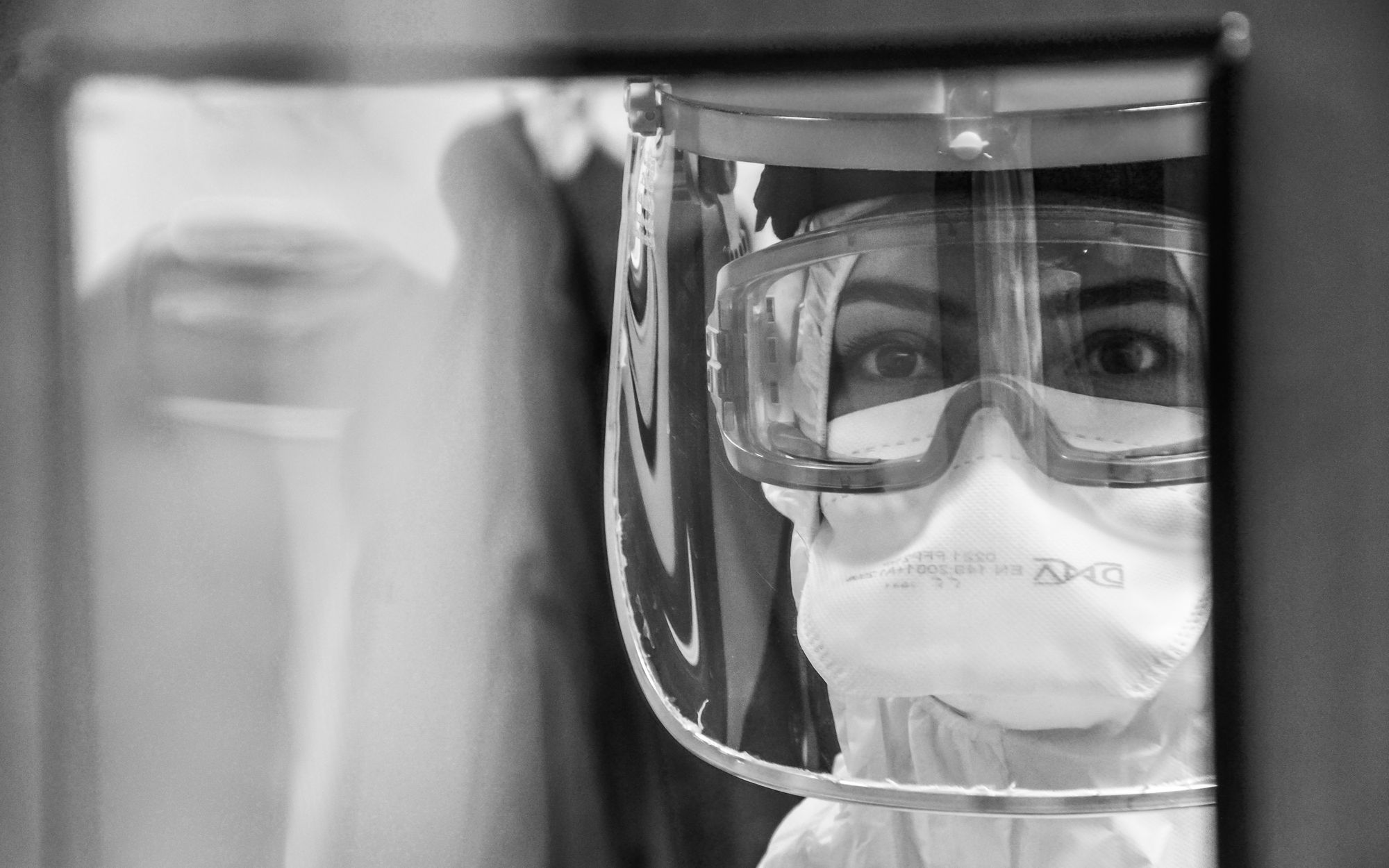Contractors must proceed with caution to safely remove asbestos and protect employees and commercial buildings. Only contractors licensed by the Environmental Protection Agency (EPA) in abatement should dispose of it, because the best asbestos-removal practices require high degrees of care and safety.
Asbestos is a stealthy material, quickly becoming airborne and contaminating other areas of the building and humans. No matter a contractor’s tenure in the field, it’s vital to remember the top practices in the industry as people learn more about elusive, toxic asbestos-containing materials (ACMs).
Wait for Technician and Inspector Feedback
It’s important to find out if a jobsite contains asbestos. Proceed with caution if the structure was built before the 1990s. The removal process shouldn’t start immediately if a business suspects asbestos and reaches out to a company. Inspectors scope the situation and grab samples for lab testing to determine how abaters should handle the case. They will need to know every potential hiding place for the asbestos, analyzing everything from caulking to wiring for asbestos coatings and other variants of the substance. This may take time, but commercial contractors must wait until they receive this information before proceeding.
They could recommend removal, but they may also call for encapsulation. This can seal the asbestos in an adhesive before it can contaminate the air further in smaller surface areas. Both actions require similar safety precautions. Hardly any amount of asbestos is safe for human exposure, so every job requires sturdy, disposable PPE with filters, gloves, eye protection and air respirators.
Lastly, everyone in the commercial building should receive ample notification of how to take care of themselves during abatement. Professionals cannot assume the public knows how to interact around an abatement area. It’s the contractors’ responsibility to inform them how to stay safe on the job.
Seal the Premises to Prevent Spread
A team of abatement contractors must perform preliminary environmental safety steps before handling asbestos-ridden materials. Every opening, including vents, windows and door cracks, needs plywood or plastic sheeting to prevent cross-contamination. If contractors succeed in closing off the area perfectly, asbestos removal could happen even if there are other people in the office.
Contractors can only secure safety once they wet the environment. It’s another strategy that prevents asbestos from spreading through the air. The moisture slows down that potential—and, if properly executed, stops it altogether. The only way to do this is by using amended water containing surfactant chemicals that allow the wetness to penetrate the ACMs’ fibers. Using amended water isn’t part of any regulatory recommendation, but it will increase the safety of contractors and businesses because it’s a comprehensive and secure measure.
The air must also remain stagnant, because the chances of circulation will complicate the process. Keeping everything airtight is the most vital feature of any commercial asbestos-removal operation, including when workers store the materials for disposal. Working outside poses different environmental stressors. For example, performing an abatement on a windy day would jeopardize the project. Similarly, wetting a sloped area, such as a roof, could pose cross-contamination and safety concerns.
Know the Importance of Negative Air
Wetting the air is one of the most influential factors in commercial asbestos removal, but it’s more important to have it be consistent. It boosts the effectiveness of the negative air environment, which contractors and testers should monitor. A low-powered and constant misting contains airborne asbestos, especially if contractors accidentally tear or damage the ACMs. Mishaps like this add more debris into the air. Accidents occur, but contractors should avoid careless dropping or abrasive interactivity with ACMs to ensure safety in a commercial unit.
Another way to prevent asbestos dust from spreading is to avoid power tools in the abatement area. Contractors may need extra effort to manipulate flooring or insulation, but a handsaw is preferred to a chainsaw to keep air quality as manageable as possible.
Most use negative air machines to pull the asbestos-affected air through HEPA filters. It’s another layer of security for contractors and those in the office building. These filters are another barrier to ensure tainted air doesn’t reach unaffected locations. Air-testing professionals provide an additional security blanket to ensure all sealants and filters work correctly.
Once all the ACMs are in containers for disposal, contractors must clear the area with water and a cleaning agent. Every exposed surface is soiled, and the efforts go to waste if contractors don’t decontaminate the site before removing the seals. Dry methods of cleaning the area, like sweeping or vacuuming, should never be used.
Follow Disposal and Recycling Laws
Containers marked for disposal should contain everything exposed to asbestos, including PPE. Contractors must decontaminate themselves, change into new clothes once free of the unsafe area and ensure they don’t overlook anything for disposal.
Laws may differ depending on location, but some landfills can take asbestos and others can’t, just like some areas have the infrastructure to recycle it and others do not. No matter what the contractor’s company decides to do with the ACMs, they should remain tightly sealed and wetted. To prevent unexpected container breaches, contractors can practice additional safety by filling them half-full so the ACMs don’t stress a bag or bin’s limits.
Every abatement outfit must abide by the disposal laws of the area or face severe penalties. Hefty fines or worse legal consequences could happen if law enforcement suspects illegal asbestos removal that puts the public at risk. Several safety frameworks create checklists for abatement companies and contractors to effectively serve commercial buildings in the area.
OSHA: The Occupational Safety and Health Administration covers all occupational safety and outlines permissible exposure limits. There are 28 states with local standards that are on par with or stricter than what OSHA requires. It’s important that workers follow state and OSHA regulations for removal. Contractors who fear they have interacted with asbestos directly or in a high quantity should seek medical assistance. Exposed individuals should also remain monitored, and companies must note accounts of excess exposure.
NESHAP: The National Emissions Standards for Hazardous Pollutants cover all air pollutants, including asbestos. The EPA created them to protect workers performing destructive projects like demolition. They require facilities to comply with safe air-pollutant levels through interviews and reporting. Commercial entities must abide by these, and it helps contractors remain at the lowest risk possible for exposure.
AHERA: The EPA continues to aid abatement contractors with the Asbestos Hazard Emergency Response Act, which delegates responsibilities to commercial buildings to perform regular checks for ACMs. AHERA also requires schools to create directives to explain how they will reduce asbestos-related threats to keep student bodies safe.
Keeping Businesses Safe With Asbestos Removal
Adhering to asbestos removal safety keeps contractors and businesses safe. Communicating with commercial entities to stress the importance of compliance will create even more safeguards for companies engaging in these dangerous removal operations.






